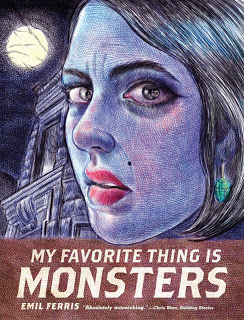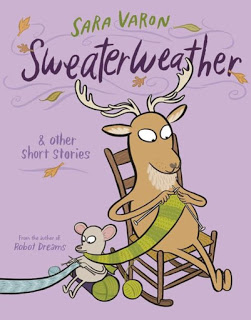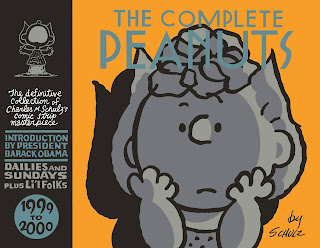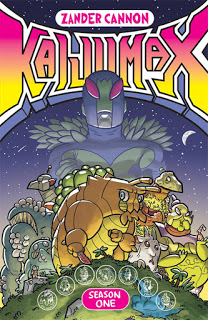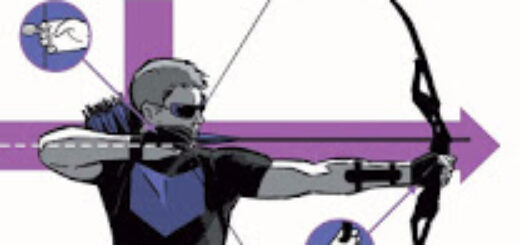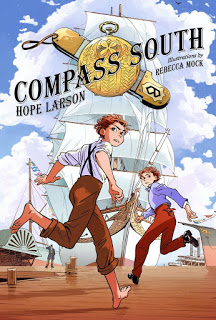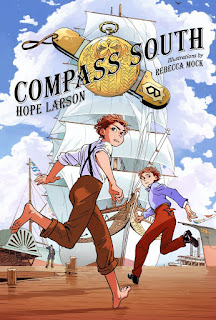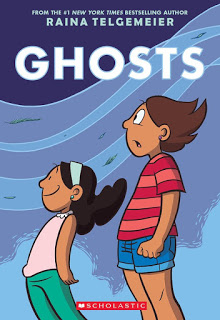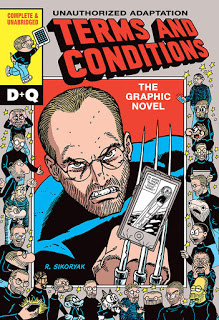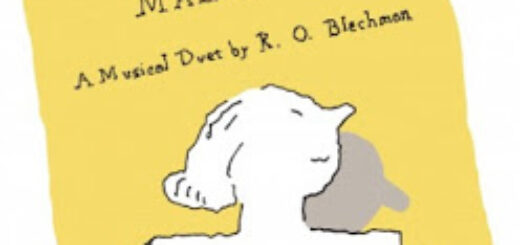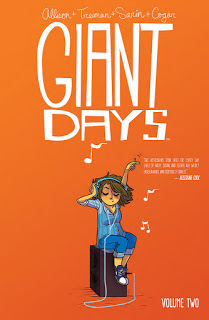My Favorite Thing Is Monsters by Emil Ferris
Karen Reyes is ten years old in 1968, and she loves monsters. Monster movies, monster magazines, the idea of monsters — imagining that there are real monsters around her in her normal Chicago life. She’s also seriously bullied and outcast, with no real close friends as the book begins. And she’s telling us her own story, drawing it page-by-page in a series of notebooks, with herself as a kid-werewolf PI in fedora and trenchcoat.
But My Favorite Thing Is Monsters is not cute. And it’s also not the kind of book where the reader understands the truth of what’s opaque to the narrator, like The Curious Incident of the Dog in the Night-Time. Karen is young, and there’s a lot of things she doesn’t know, and she does want to become a movie-monster, but she’s mostly clear-eyed about the world around her, and she’s good at finding things out and piecing things together. (She will make a good detective when she grows up.)
And her upstairs neighbor, Anka Silverberg, did just die — shot in the heart in her living room, though found dead in her bed. Since the apartment was locked at the time, the police have closed the case quickly as a suicide. But Anka has deep secrets from her life in Berlin before and during WW II — and she’s not the only one with secrets in the building, from her musician husband to the minor-gangster landlord and his hot-to-trot-wife, to the ventriloquist in the basement and Karen’s twenty-something amateur-gigolo brother Deez and hillbilly mother.
Karen does meet some other kids who she sees as monsters, or possible monsters. And one of those may not be entirely a real person who actually exists in the world. So there’s some unreliable-narrator elements, or fabulist elements, in the mix as well. But, at her core, Karen is honest and straightforward: she’s trying to find out the truth, and has some good tools for doing so.
The truth — which doesn’t all come out in this book, the first of at least two — looks to be bigger and more dangerous and complicated than one ten-year-old girl can fix. And her family has clearly been trying to keep some big secrets from her, like Deez’s relationship with Anka.
I’ve tagged this book as “Fantasy,” but I don’t think it really is. But it’s a book about the fantasies that we have, and about how fantasy creatures can make real life bearable.
All that is told as if drawn by Karen — don’t think too hard about when she has the time to draw this much, or how she got this good at the age of ten — in colored pens on pages lined in blue, to mimic a notebook. There’s around five hundred of those pages, though none of them are numbered, and there are a lot of words on many of these large pages. My Favorite Thing Is Monsters is a big book in every way: physically large, full of words, impressive pictorially, challenging in subject matter and storytelling.
This is Emil Ferris’s first book — she’s a woman about the age Karen Reyes would be, grown up, and she seems to have been a kid like Karen back in the late ’60s. I have no idea how many of the elements of Monsters came out of Ferris’s own life, real or transmuted over time, but I can say that Monsters is nothing like a memoir. It is a fully-formed story, about a deeply individual young woman, stuck in a bad situation — several bad situations, overlapping — and trying to cope with it through intellect and rational thought and just a bit of wishing.
It’s a very impressive graphic novel. Several dozen more influential people have said that before me, and they’re all very right. Debuts like this don’t come around very often. This is something very special.
![]()
![]()
Reposted from The Antick Musings of G.B.H. Hornswoggler, Gent.

